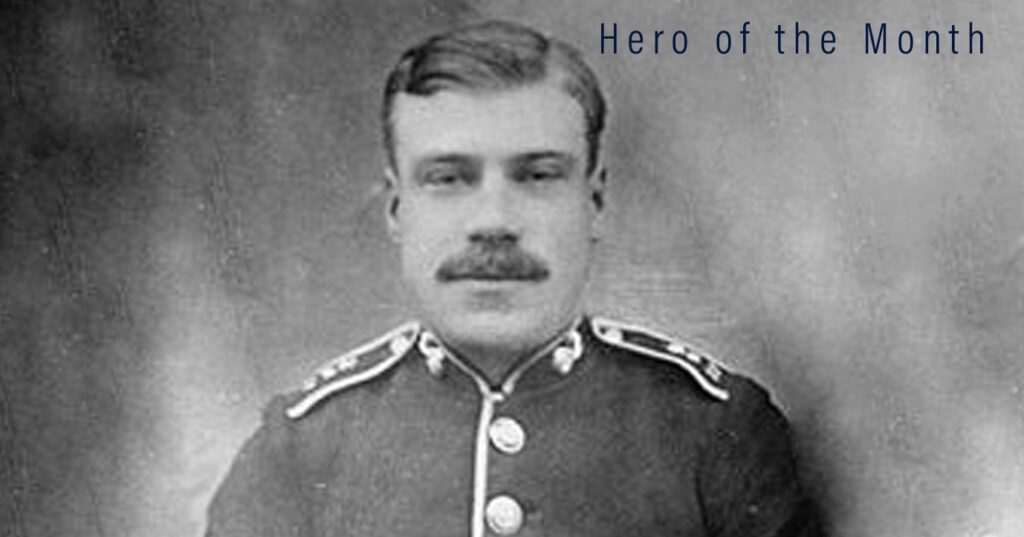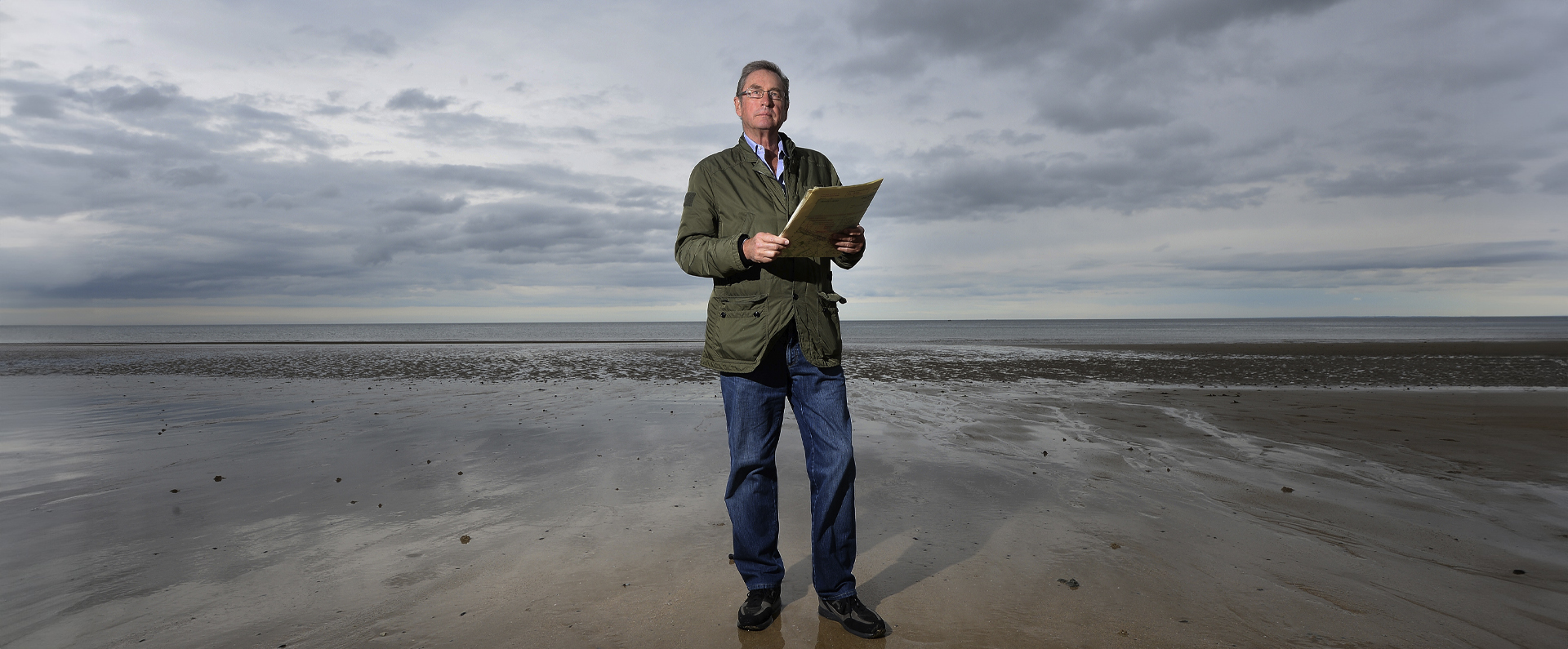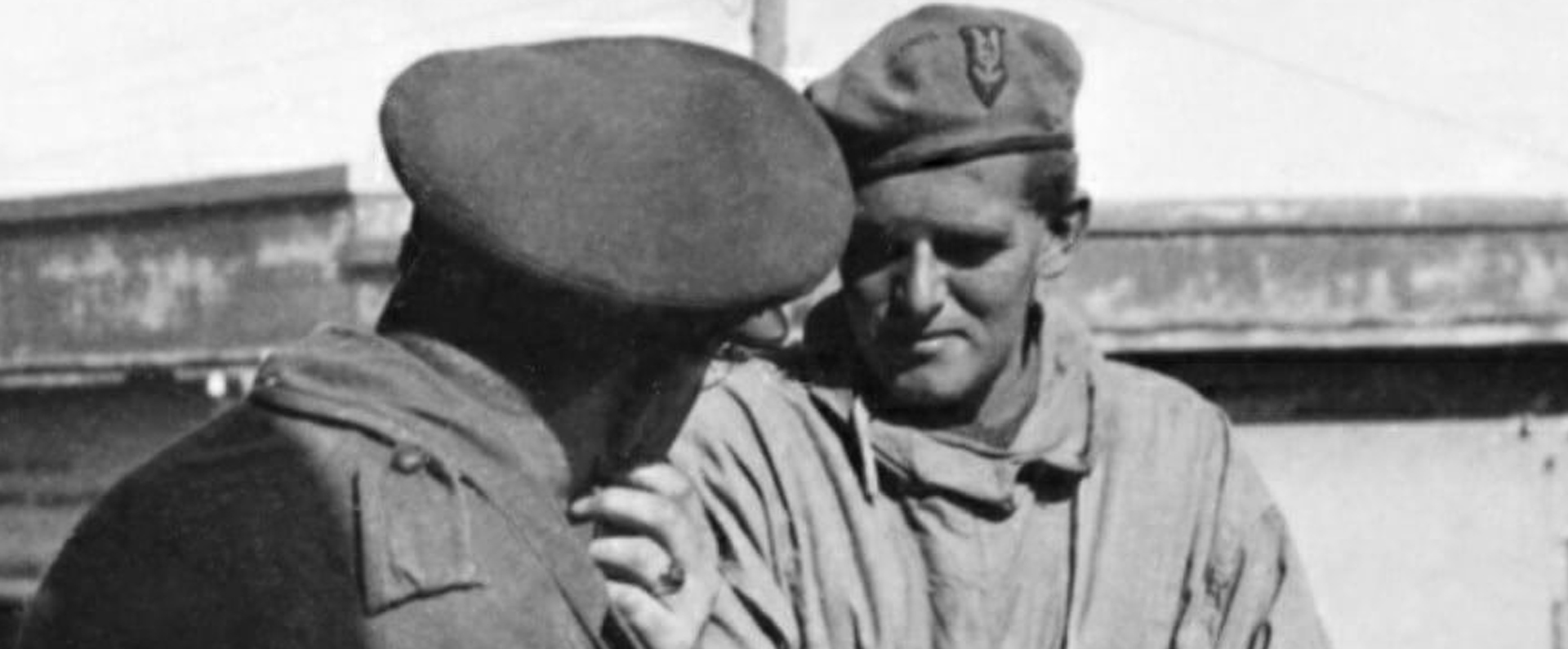
Published in Britain at War November 2014.
Frank Godley: Sacrifice
Frank Godley held the distinction of being the first private to be awarded the VC in the First World War – and it was for a quite astonishing act of courage early in the conflict.
The son of a painter and decorator, Sidney Frank Godley (always known as Frank) was born in East Grinstead, Sussex, on 14 August 1889. However, he was largely brought up by an aunt in Willesden, Middlesex, after his mother died when he was six. He was a talented sportsman: a good cross-country runner, footballer and cricketer.
After working in an ironmonger’s shop and as a plumber, Godley joined the 4th Battalion, The Royal Fusiliers (City of London Regiment), in December 1909, aged twenty. At the time, his recruiting officer added as “e” to his family name of “Godly”. Godley, who had fair hair and a thick moustache, embarked for France and Belgium in August 1914 when his battalion was one of the first to go to war.
Godley and his comrades arrived at Mons on 22 August. The next day, during heavy fighting, the Germans seized the initiative. Initially, Lieutenant Maurice Dease, in charge of a single company of Royal Fusiliers defending Nimy Bridge, had control of a machine-gun.
Early in the fighting, Dease was wounded in the knee at about 9am but he refused to leave the battlefield. After keeping up a fierce resistance for more than two hours, and being hit at least four more times, Dease eventually had to stop firing (he fell unconscious and later died from his wounds).
It was at this point that Godley, who had been helping Dease, took over the machine-gun. When he was then asked to stay on alone while his comrades retreated, it effectively meant almost certain capture by the Germans – dead or alive.
Godley did not waver despite also being wounded: for two more hours, he sprayed the enemy with relentless machine-gun fire while his fellow Royal Fusiliers withdrew. Eventually, having run out of ammunition, he destroyed the gun. By then he was wounded but managed to crawl to the nearby road where he was helped to hospital by two Belgian civilians: by now he had no less than twenty-seven separate wounds.
The Germans later took over the hospital and Godley was taken prisoner. He refused to answer questions but was still well-treated by the Germans, being sent to Berlin for skin grafts, while his injured back alone required 150 stitches. When he was fit enough, he was transferred to Doberitz Prisoner of War camp.
Godley’s VC – along with a posthumous VC for Dease – was announced in the London Gazette on 25 November 1914 when his brief citation stated: “For coolness and gallantry in fighting his machine gun under a hot fire for two hours after he had been wounded at Mons on 23rd August.” Initially, Godley’s family had thought that his VC was, like Dease’s, a posthumous award: they were not informed by the Germans that he was alive until April 1916.
While Godley was a PoW at Doberitz, however, a senior German officer informed him that he had been awarded the VC. At the end of the Great War, Godley, having been a PoW for almost its entirety, gained his freedom when the camp guards deserted and he and others made his way back to Britain.
Godley was presented with his VC by King George V in an investiture at Buckingham Palace on 15 February 1919 and, less than a week later, he was given a civic reception at Lewisham, south London (where he lived), fifty guineas and a copy of the Lewisham Roll of Honour.
There are several memorials in his honour and, in 1938, he was presented with a special gold medal struck by Mons. In 1954, as a prominent member of the Old Contemptibles Association, he gave a BBC radio interview about his experiences at Mons to mark the 40th anniversary of the battle. The “Old Contemptibles” was the affectionate name later given to members of the British Expeditionary Force who saw the early fighting during the First World War (the Kaiser allegedly made a caustic reference to Field Marshal Sir John French’s “contemptible little army”).
Godley later became a school caretaker and retired in 1951 after thirty years’ service. For much of his adult life, he supported Armed Forces’ charities. He died in Epping, Essex, on 29 June 1957, aged sixty-seven.
I remain in awe of Godley’s courage at Mons when he displayed great self-sacrifice to save his men. However, he was a great survivor, narrowly escaping from a seemingly hopeless situation with his life, albeit with twenty-seven separate wounds to show for his courage. Once Godley had recovered from his wounds, he had to survive almost the entire war as a PoW.
I first learnt about the details of Godley and Dease’s remarkable bravery when I was researching my book, Victoria Cross Heroes, first published in 2006 to mark the 150th anniversary of the creation of the VC. His medal group is not part of my VC collection but his story did feature in a Channel 4 television series that I presented, also called Victoria Cross Heroes.
Download a PDF of the original Britain at War article
For more information, visit:
LordAshcroftOnBravery.com


